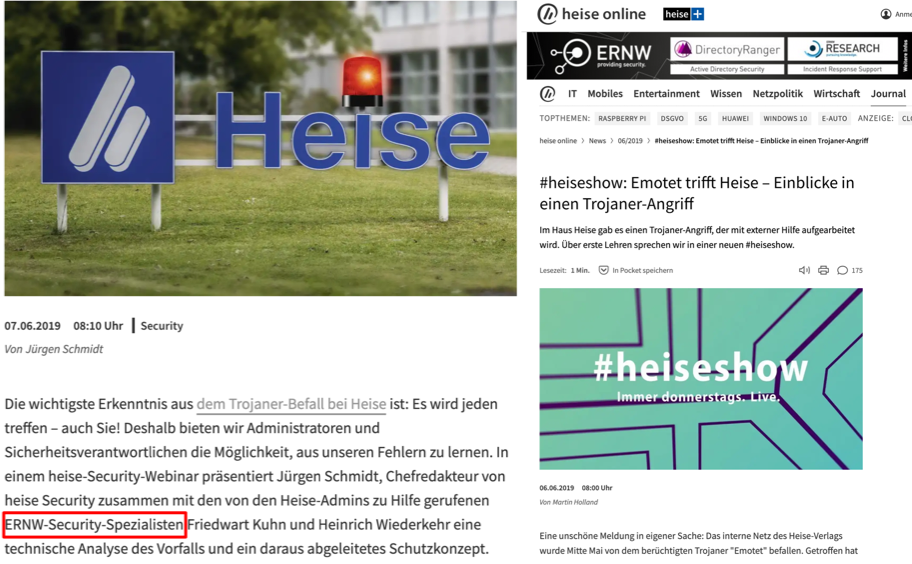The use of Internet of Things devices is continuously increasing: People buy devices, such as smart assistants, to make their lives more comfortable or fitness trackers to assess sports activities. According to the Pew Research Center [1], every fifth American wears a device to track their fitness. In Germany, the number increases likewise. The increasing number of fitness trackers in use can also be seen in criminal proceedings, as there exist more and more cases where these devices provide evidence.
Which useful evidential information fitness trackers collect and how to analyze them forensically was part of a paper that we presented at WACCO 2020 this year [2]. The goal was to develop an open source program to support investigators analyzing data that fitness trackers provide and to give a general approach on how to analyze fitness trackers.
Continue reading